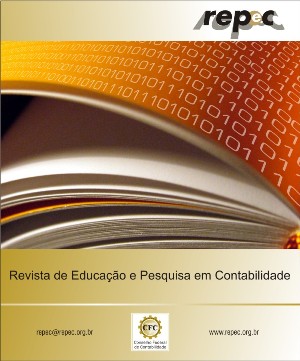Teaching Accountancy: Traditional or Successive Balances?
DOI:
https://doi.org/10.17524/repec.v5i2.341Keywords:
Teaching Accounting, Traditional, Balance Successive.Abstract
This article aims to answer the following question: how to teach introductory accounting in a more integrated manner than the traditional one? Therefore, we work with the following proposition: in teaching accounting for the first time to students of Accounting, or other related business areas, the use of a methodology that blends the Traditional and Successive Balances can demonstrate to students the relationship between ledgers and financial statements. Thus, accounting can be taught in a more integrated way than the traditional one. The results might reveal that the presented model mixing the traditional and successive balances to teach introductory accounting. The teaching of dynamic patrimonial content (successive balance sheets) and bookkeeping (ledgers) in an integrated manner were used as an example, at the same time. Thus, the students had a vision of the relationship capable of generating useful information for decision making.Downloads
Published
How to Cite
Issue
Section
License
Copyright (c) 2011 Journal of Education and Research in Accounting (REPeC)

This work is licensed under a Creative Commons Attribution 4.0 International License.
Authors who publish with this journal agree to the following terms:
Authors retain copyright and grant the journal right of first publication with the work simultaneously licensed under Creative Commons Attribution 3.0 Unported License, which allows the sharing of the work and recognition of authorship and its initial publication in this journal. This license allows others to distribute, remix, adapt, or create derivative works, even for commercial purposes, provided credit is given for the original creation.
b)There is no financial compensation to the authors in any capacity, for articles published in RePEc.c) The articles published in RePEc are the sole responsibility of the authors.
